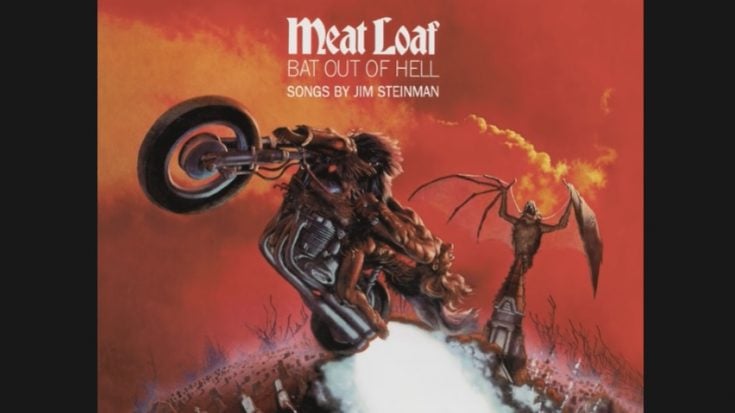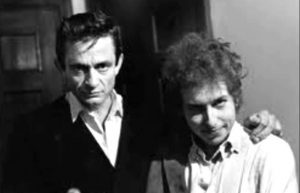‘Bat Out Of Hell’ Album Cover Artist Richard Corben Dies

Bat Out of Hell album cover by Jim Steinman - Meat Loaf / Youtube
Comic book artist Richard Corben, known for his work on the album art cover of Meat Loaf’s Bat Out of Hell, has died at the age of 80.
His wide, Dona, shared the news on his Facebook page that he died last week. “He will be missed tremendously by his family, his friends, and his fans. Richard was very appreciative of the love for his art that was shown by you, his fans. Your support over the decades meant a great deal to him. He tried to repay your support by working diligently on each piece of art going out to you. Although Richard has left us, his work will live on and his memory will live always in our hearts,” the post read.
Corben graduated from art college and settled in Kansas to become an animator for an industrial film company while doing underground comic work on the side. Fast forward to the ’70s and his art was featured in a French magazine called Metal Hurlant, or Heavy Metal on North American soil. He was soon scouted and was hired to do the cover of Meat Loaf’s debut album.
https://www.facebook.com/permalink.php?story_fbid=1173172686410824&id=193240777737358
“Corben was the perfect choice for this cover. His very stylized, airbrushed, exaggerated style was ideal. His linework has always been more like a graphic artist than a cartoonist, the opposite to the flat photographic style of your run-of-the-mill superhero comics,” said comics expert Jan Wiacek.
He was also brought in for the 1981 album Bad For Good, named after album composer Jim Steinman after Meat Loaf incurred vocal problems. “Certain words immediately come to mind in regard to Corben’s art,” Steinman noted of the artist. “Heroic, majestic, multidimensional, tactile, cinematic, erotic, obsessive — but for me, most of all, his images seem not so much created as ‘unleashed’. They possess the muscular density and abandon of rock ‘n’ roll as well as the formal stylization and luxuberant turbulence of opera. In Corben’s worlds, the ‘acoustic’ has been banished — everything is gloriously amplified. Every frame seems to be born either directly before, during or after an ecstatic moment of action — and the specific nature of the action is ultimately far less important than the explosive release it provides. The sexual richness of Richard Corben’s work is overwhelming — this is a world that is endlessly horny for wonder and magic.”











